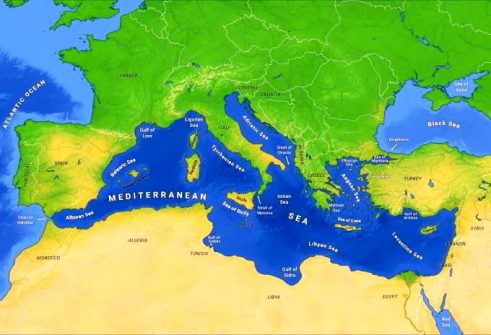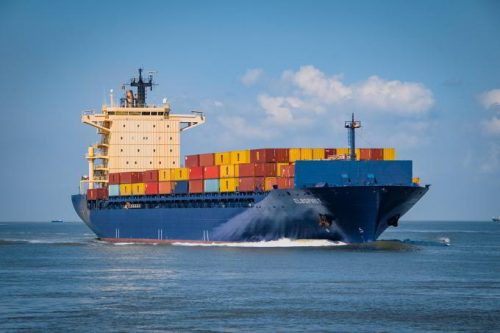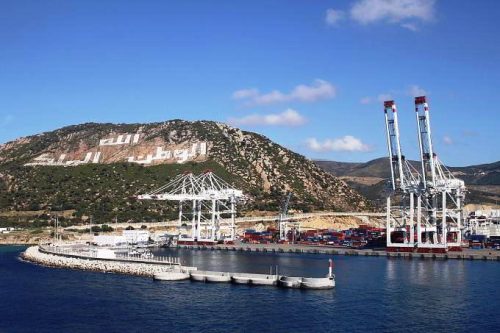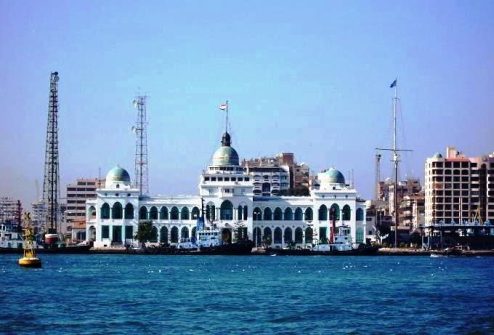The Mediterranean Sea. Winds of instability.

The global scenario as we have known it for the last thirty years is undergoing a period of inexorable change, the effects of which can be seen in the geopolitical turmoil affecting the various chessboards.
The Mediterranean Sea, while continuing to acquire an ever-greater geo-economic centrality, the centre of interests of the major global powers, constitutes a labile fault characterised by deep instabilities, in which the tensions that are generated on a global scale are discharged, directly and indirectly influencing the future of many nations beyond its coasts.
The Mediterranean has had, since ancient times, a role of fundamental importance in the evolution of world history. It created the Roman Empire, defined the limits of the Phoenician coastal expansion, absorbed and rebuilt Northern European civilisation during the barbarian invasions, took over Christianity, making it the heir of the universal Imperium, and finally, after the imperial projects of Charles V, generated the dynamics of national states and their interrelations.

Map of the Mediterranean Sea with subdivisions, straits, islands and countries.CC BY-SA 4.0/O H 237
A space, the Mediterranean, whose roots sink deep into the civilisation born on its coasts, but also in that community of peoples that formed throughout a couple of millennia, giving life, to quote Fernand Paul Achille Braudel, a French historian, to that “system in which everything merges and recomposes itself into an original unity” which is precisely the Mediterranean. Its geographical conformation as a closed sea, which makes it similar to a real lake, makes it a natural geopolitical continuum between the three large land masses that limit it – Europe, Africa and Asia – and of which it is a functional hinge. A geographical and, at the same time, geopolitical and geo-economic centre, which can have its function only if it is capable of holding together the three continents that, since ancient times, taking advantage of their location, have made it a hub of encounter and conflict between different peoples and cultures, determining the birth and flourishing of the great civilisations of which the Mediterranean was the cradle and which today once again assumes centrality from an economic and trade perspective.
In the last twenty years, in fact, the Mediterranean has recorded an exponential increase in growth of TEUs (Twenty-foot Equivalent Unit (TEU) used to measure container ship capacity) determined by the emergence of the Asian powers and the Gulf economies, but also by the economic development, albeit disorderly, of some countries of the African continent, whose markets are experiencing a phase of
moderate expansion.

Container ship. In the last twenty years, the Mediterranean has recorded an exponential increase in growth TEUs. Pixabay
Precisely, these Afro-Asian upheavals have caused the shift of the geopolitical axis in the Asia-Pacific region, the Indian Ocean and the Gulf countries, on whose quadrants the interests of the major international players have moved and concentrated. This has led to an increase in investments in the construction and modernisation of transport infrastructures, of which the expansion of the Suez Canal is the most significant example, and given a strong boost to the development of the entire port system in the area with important projects involving state capital and private groups, some of which come from newly emerging countries (China, Russia, India).
Factors that clearly highlight the strategic value of the Mediterranean and the need for a timely and targeted European projection in the area. Among the most developed ports, Tanger Med stands out, located near the Strait of Gibraltar, which, since its inauguration in 2007 has doubled its terminals, reaching a total capacity of 9 million containers.

Port of Tanger Med. It is the largest port in Morocco and Africa. CC BY-SA 4.0/ NAC
The Moroccan port has become a leader in the Mediterranean and, in the hinterland, there is a vast special economic zone (SEZ) in which over a thousand companies operate, employing 80 thousand workers. Remaining near the Strait of Gibraltar, on the Spanish shore, is the port of Algeciras which, together with that of Valencia, is among the most important in the Mediterranean. As evidence of the ongoing redefinition of global value chains and the importance of the presence of SEZs and the synergies and interconnections between the two shores of the Mediterranean, consider that in recent years an economic and collaborative axis has been created between Tanger Med and Algeciras which allows goods produced in the Moroccan SEZ to reach the consumption areas of Spain very quickly. Spain, in particular, is implementing a concrete integration of its infrastructures with those of Morocco, which should be followed by a real physical integration through the underwater tunnel which, crossing the seabed of the Strait of Gibraltar, would connect the Moroccan shore to that of Spain.
The project for this infrastructure, currently being studied, could represent an important opportunity to strengthen the connections between Europe and Africa.
On the Egyptian side, the expansion of Suez has also favoured the growth of Port Said, which has established itself as a container terminal, and an energy hub, but also as part of an important industrial free zone. The improvement in efficiency of these infrastructures, in addition to increasing the attractiveness of the ports involved, reduces the gap with the ports of Northern Europe. In conjunction with investments in port areas, the countries of the Southern Mediterranean are also implementing land-sea connections, with the development of the railway line, an infrastructure necessary for the creation of regional value chains and, therefore, for the interconnection between the various areas, as well as for the creation of a common logistics platform.

Egypt. The headquarters of Suez Canal Authority in Port Said. It ranks 15th in the world in terms of performance based on port calls and ships. Photo: Daniel Csörföly.
The central section of the trans-Maghreb motorway axis – currently under construction – will also be of great strategic importance to better connect Tunisia, Algeria and Morocco. The latter is also expanding the Boraq line, which constitutes the land transport backbone of an Africa-Europe industrial chain led by France. In this context, the People’s Republic of China remains among the major players that have contributed with significant investments to the development of infrastructure systems, implementing a strategy that places the port system at the centre as a connection node to Europe for the Silk Road. Proof of this is the fact that Cosco, owned by China, extending its presence from Piraeus in Greece to Port Said in Egypt, to Haifa in Israel, to Ambarli in Turkey, but also in Italy to Vado Ligure, is an absolute protagonist. In addition to Cosco, in the Mediterranean, there is also the presence of Merchants Port Holdings, a Chinese engineering company that operates within the Malta Freeport (Marsaxlokk) together with the Turkish group Yıldırım and the French Cma-Cgm. (Open Photo: Shutterstock/djgi) – (F.R.)



